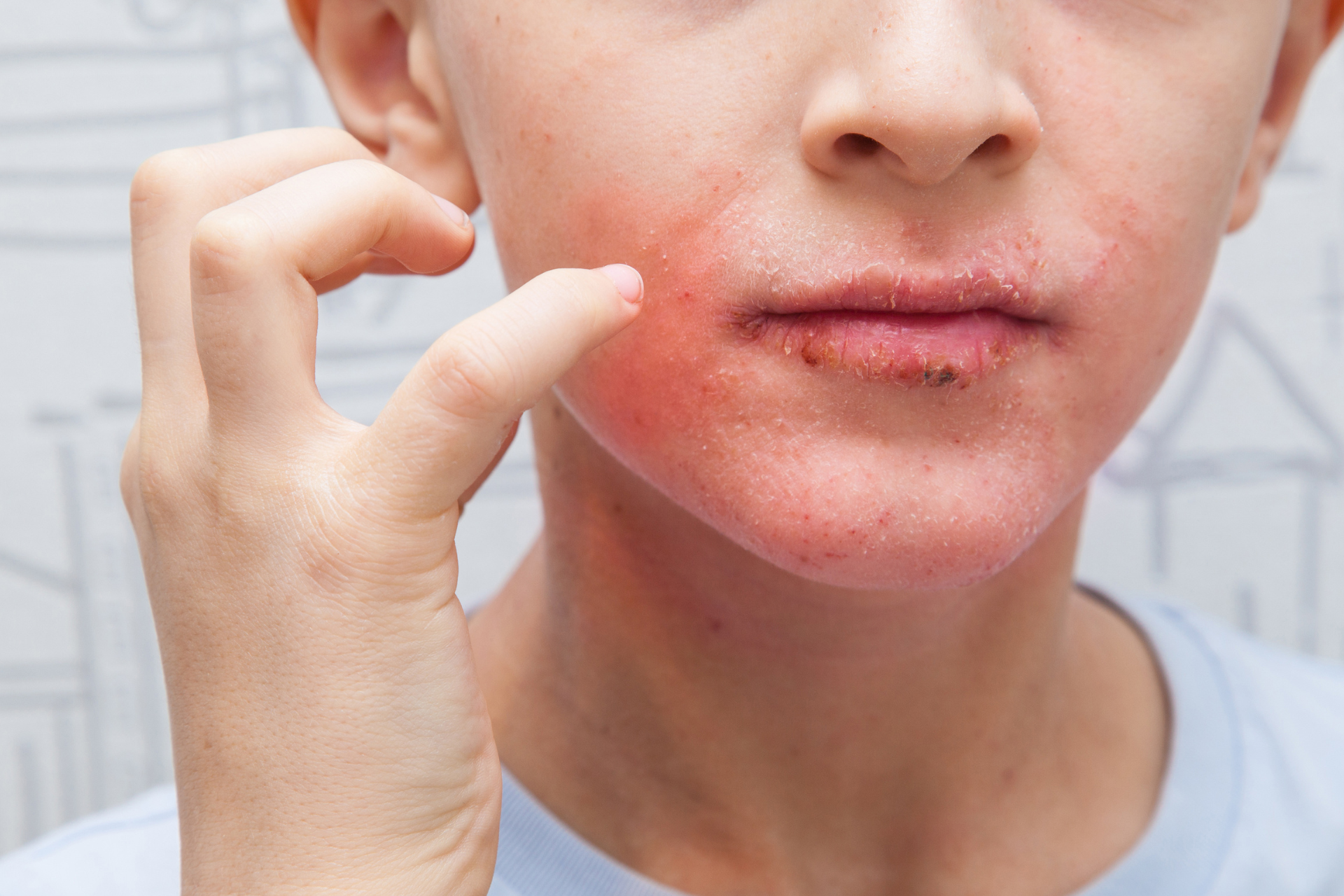Allergic Reactions on the Skin: Causes, Symptoms, and When to Get Help

At Fall Creek Skin and Health Clinic, we understand that allergic reactions can be distressing and uncomfortable, particularly when they manifest as skin irritations. Allergies can have various causes and symptoms, and knowing when to seek help can be crucial in managing your health. In this blog post, we will explore the common causes of allergic skin reactions, their symptoms, and guidelines for when you should reach out to a healthcare professional.
Causes of Allergic Reactions on the Skin
Allergic reactions on the skin can stem from numerous sources, including environmental allergens and substances that come into direct contact with your skin. Here are some common triggers:
1. Contact Allergens
These are substances that touch the skin and can cause reactions in sensitive individuals. Common examples include certain metals (like nickel), fragrances, latex, and preservatives found in skincare products.
2. Food Allergens
Sometimes, food allergies may reflect on the skin as hives or eczema. Common food allergens include nuts, shellfish, dairy, and wheat.
3. Airborne Allergens
Pollen, dust mites, mold, and pet dander can also provoke allergic reactions. While these are primarily respiratory issues, they can also lead to skin reactions, particularly in individuals with atopic dermatitis.
4. Insect Stings or Bites
Some people may develop localized or widespread skin reactions after being stung or bitten by insects like bees, wasps, or mosquitoes.
5. Medications
Reactions to medications can manifest as skin rashes, hives, or more severe dermatological conditions.
Symptoms of Allergic Skin Reactions
The symptoms of an allergic reaction can vary widely from person to person. Common signs to watch out for include:
- Rashes
Red or discolored patches on the skin, which can be flat or raised.
- Hives
Itchy, raised welts that can appear anywhere on the body.
- Eczema
Dry, scaly, or inflamed patches that may be itchy and uncomfortable.
- Swelling
Localized swelling, especially around the eyes, lips, or throat in more severe reactions.
- Blisters
Fluid-filled bumps that may develop in response to allergens.
In some cases, allergic reactions can escalate to more severe symptoms, such as difficulty breathing, swelling of the face or throat, or a rapid heartbeat. These situations require immediate medical attention.
When to Get Help
While many allergic reactions can often be managed at home with over-the-counter antihistamines or topical treatments, knowing when to seek professional care is vital. You should contact us at Fall Creek Skin and Health Clinic if you experience:
- Difficulty breathing or swallowing
- Symptoms that persist for an extended period despite home treatment
- Widespread reactions that involve multiple body areas
- Symptoms that worsen over time
- Signs of infection, such as fever or the appearance of pus in a rash
At Fall Creek Skin and Health Clinic, we treat patients of all ages with various skin-related problems, including allergic reactions. Our experienced healthcare professionals can help diagnose the underlying causes of your skin issues and recommend effective treatment plans tailored to your needs.
Recognizing and understanding allergic reactions on the skin is the first step toward finding relief. If you're experiencing troubling symptoms or need expert advice, don't hesitate to reach out to us for assistance. Your skin health is our priority!




